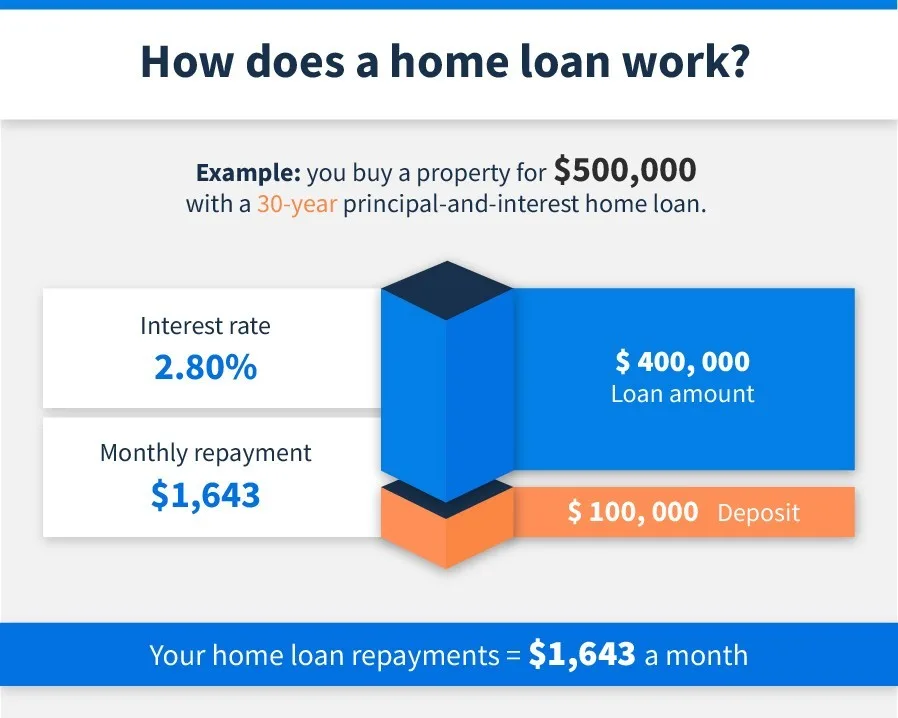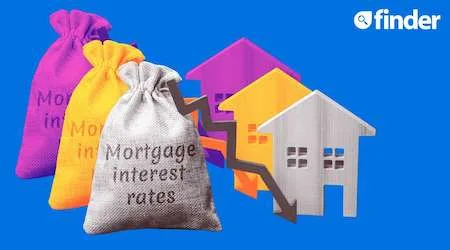
Susan Mitchell is the CEO of Mortgage Choice, a nationwide network of mortgage brokers and financial advisers.
The common mistakes first home buyers make
"Failure to shop around is one of the biggest mistakes a borrower can make when trying to get a home loan. There is a common misconception that going straight to the lender you bank with is going to get you the best outcome when in reality, borrowers are doing themselves a disservice by not comparing options from a range of lenders to find the best deal for their goals and needs.
"Not getting home loan pre-approval is another mistake many borrowers make. This is especially the case if you are applying for your first home loan. A home loan pre-approval is useful when buying your first home as it helps you understand what property you can afford to buy before you start shopping around."
Prepare your finances before approaching a lender or broker
"Lenders will assess how 'risky' you are to lend money to, so it's important that you show them that you have good money habits. Don't spend more than you earn, cut back on discretionary spending 3-6 months before you apply for a home loan, make sure you've established a savings history so you can demonstrate that you are responsible with your money and can make your home loan repayments each month."




 Josh Bartlett is a mortgage broker and the managing director of
Josh Bartlett is a mortgage broker and the managing director of 







I am an Australian citizen returning to Australia after several years abroad. I will be entering into employment with the Australian branch of my existing employer with a new employment contract (but without a probation period). Can you advise limits to home loan borrowing upon arrival. e.g. is their a qualifying period for work/residence in Australia for lenders?
Hi JDM,
Thanks for your question!
All Australian citizens are eligible to apply for a home loan. This is one of the basic requirements. Others include age, income, and other unique requirements of the lender.
As a friendly reminder, carefully review the eligibility criteria of the loan before applying to increase your chances of approval. Read up on the terms and conditions and product disclosure statement and contact the bank should you need any clarifications about the policy.
A mortgage broker is the best person to reach out to see your options for home loans. They can give you a multitude of options according to your situation. In the meantime, to give you an estimate of your monthly repayments, you can use our home loan eligibility calculator.
Hope this helped. Feel free to reach back out for further assistance.
Cheers,
Nikki
What are the options for Self employed with one year financials?
Hello Mani,
Thank you for your comment.
If you’re self-employed and is interested in a home loan, you can check low documentation (low-doc) loan which is designed to cater to applicants who are working for themselves. Please note that different lenders have different application requirements, so it’s best to check your eligibility and ensure meeting the requirements before submitting an application.
You may check our low doc home loan guide and see the tips on how to compare such loans. After comparing the products in our panel, you can click the “Go to site” button or the “Enquire now” button and discuss with the lender your eligibility.
It’ll be best to seek advise from a mortgage broker and discuss options based on your needs.
Should you wish to have real-time answers to your questions, try our chatbox on the lower right corner of our page.
Regards,
Jhezelyn